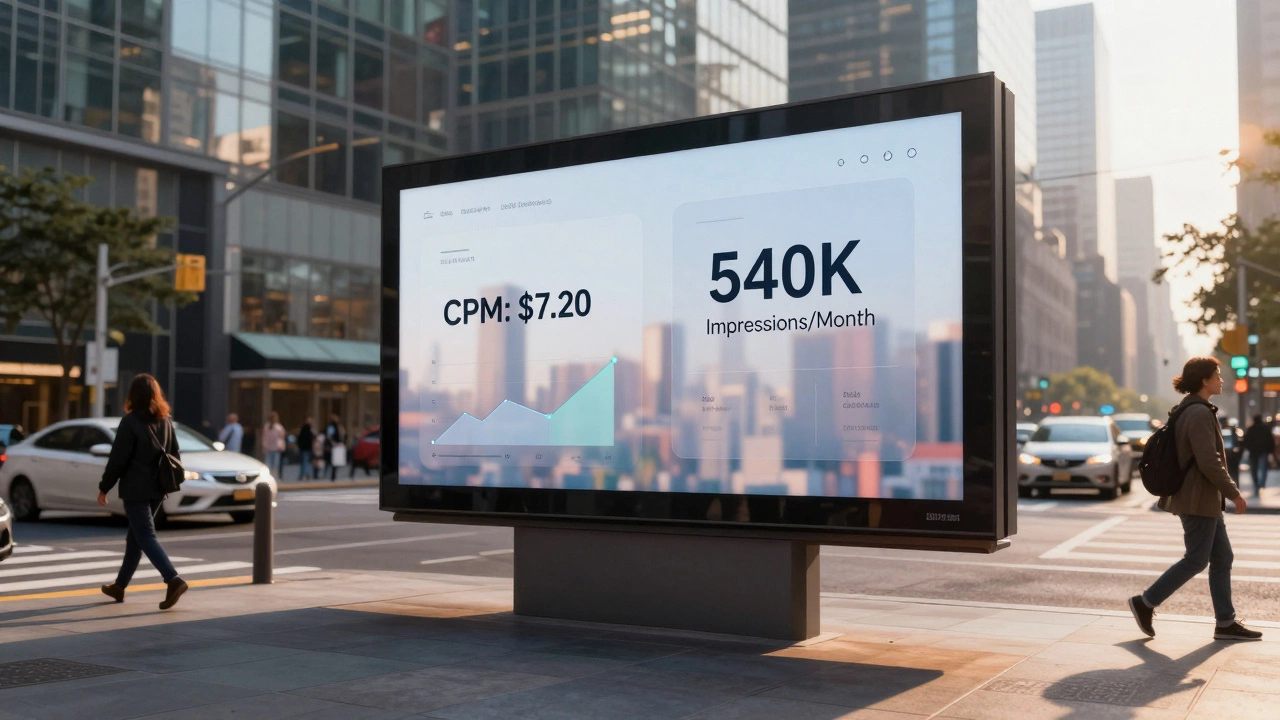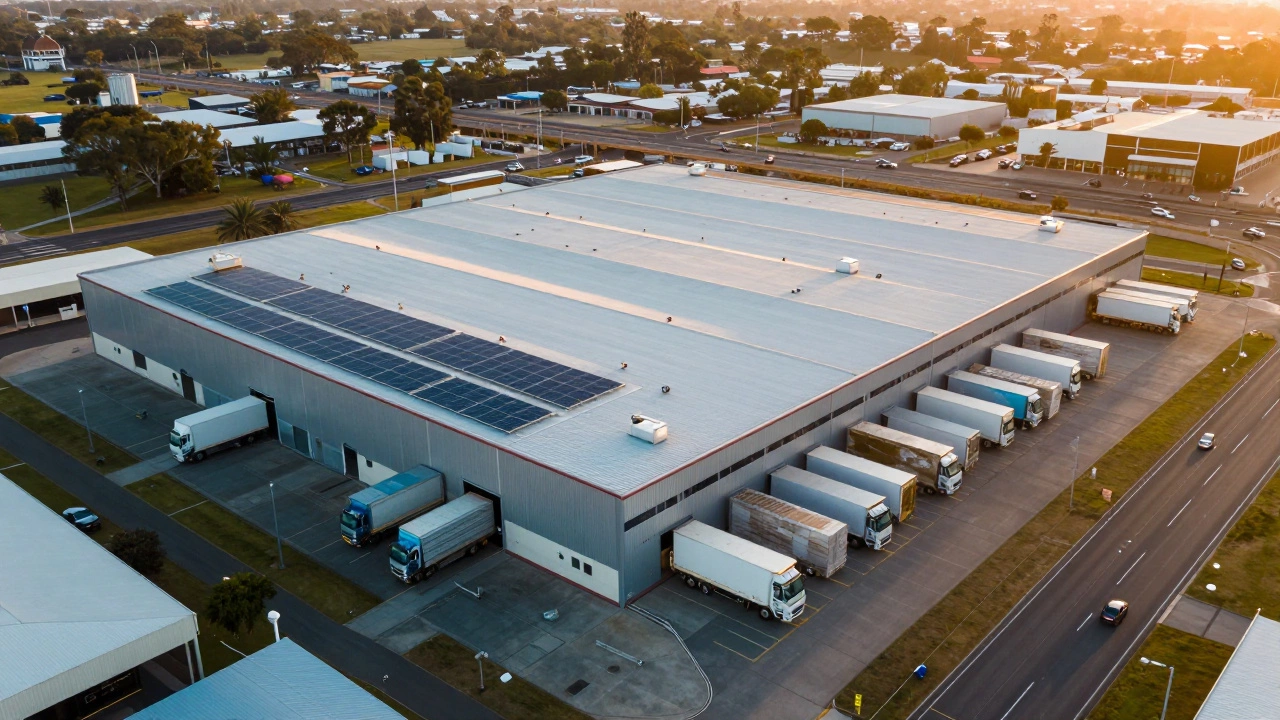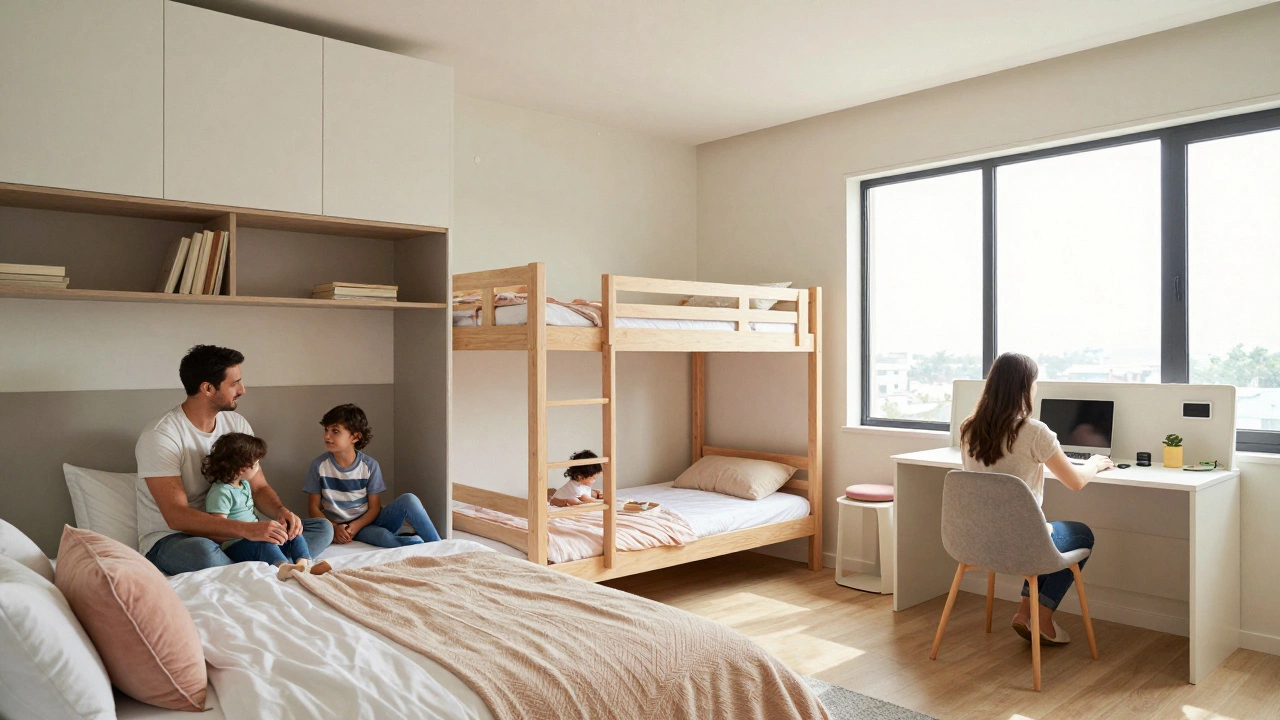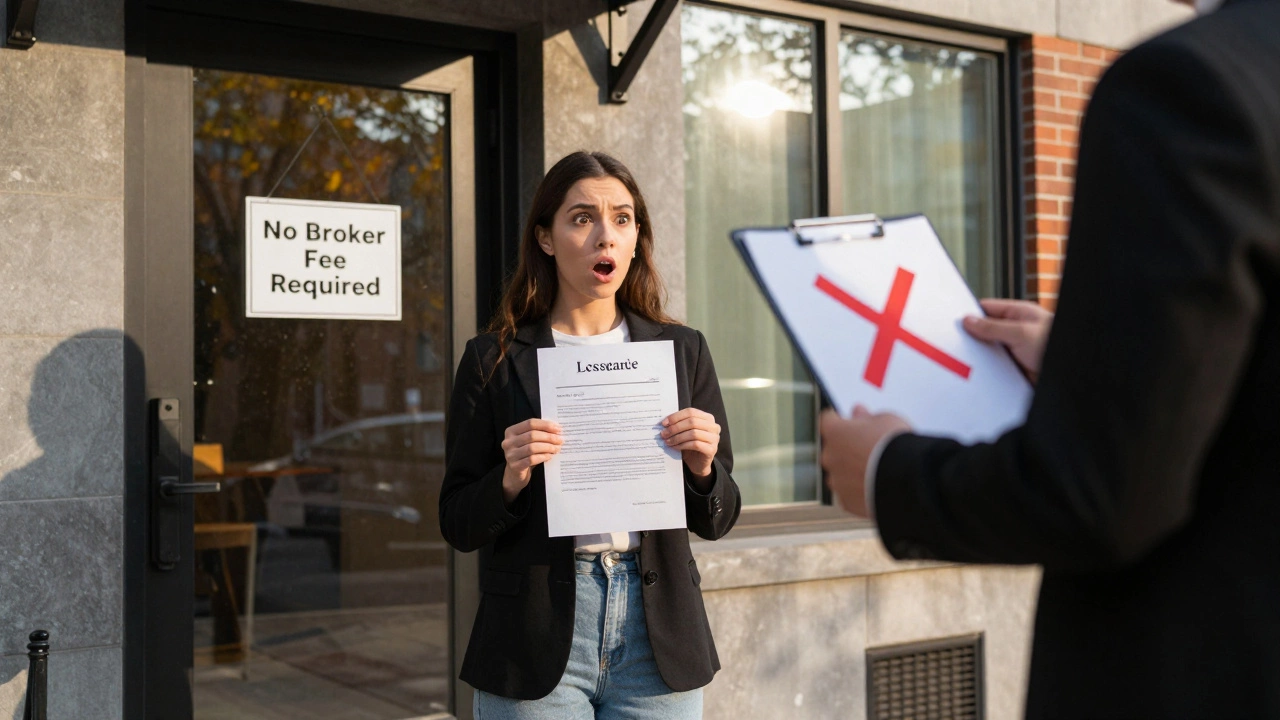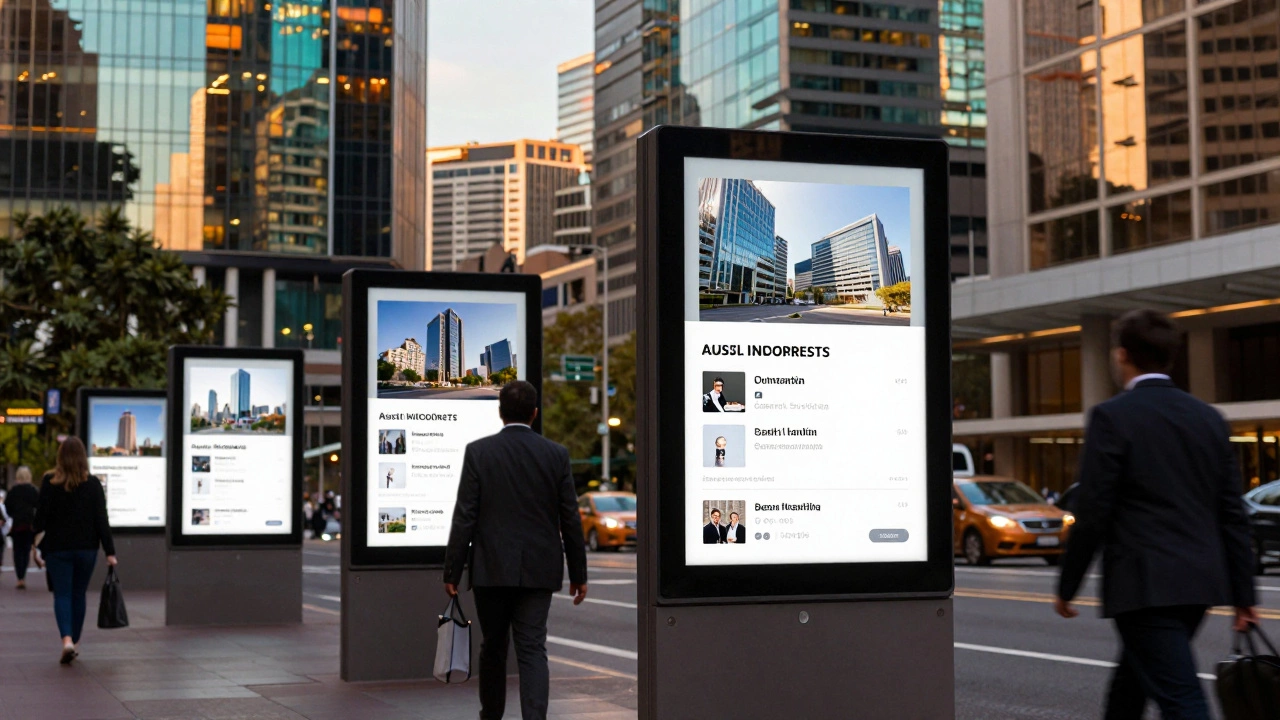You probably know that commercial property loans don't play by the same rules as those friendly home mortgages. You walk into a bank asking for office space or a small warehouse, and boom—they expect a way bigger down payment than the usual 3-5% you might get for a house. Most lenders ask for at least 20-25% down, but is there a way to do less without draining your savings?
The truth is, getting the lowest down payment for a commercial loan isn't impossible, but it takes some digging and a strong application. There are a few loan programs—like SBA 504 and 7(a) loans—where buyers have landed deals with as little as 10% down. Yeah, you read that right: ten percent. But there are strings attached, like strict rules about how you use the property and how your business is doing. Sometimes a partner or special grants can also help bridge the gap.
If you're hunting for commercial property, don't just chase the lowest number—ask yourself what you're risking and what paperwork you'll need to pull it off. Banks will look at your business, the property, your personal finances, and even your experience in that market. There are ways to get creative, but you need to know where you stand before you make promises you can't keep.
- How Low Can a Down Payment Go?
- Types of Commercial Loans and Their Down Payments
- Tips to Lower Your Upfront Cash
- What Lenders Really Look For
- Risks and Trade-Offs With Low Down Payments
How Low Can a Down Payment Go?
If you're hoping to buy commercial property with the least amount of money upfront, here’s the real story: banks and lenders aren’t usually flexible like they are for home buyers. For most straight-up commercial loans, lenders ask for 20% to 30% down. But not always—there are some routes that let you go lower.
The lowest down payment most people manage is 10%. That’s possible mainly with special government-backed loans, not the regular loans your local bank pushes for investors. The Small Business Administration (SBA) runs two main programs: 7(a) and 504 loans. Both of these can go as low as 10% down if your business and property type fit their rules. An SBA 504 loan, for example, lines up three parties—the borrower, a bank, and a Certified Development Company (CDC)—to get you to that 10% mark. The 7(a) loan sometimes requires a bit more, and the exact number depends on what you’re buying and your financials.
Banks rarely offer less than 20% down otherwise, unless you negotiate with the seller or find uncommon creative financing. Seller financing can sometimes get your down payment near 10-15%, but it’s unpredictable and usually requires giving up something else, like a higher rate or quicker payoff schedule.
- Commercial loan minimums of 10% down mostly come from SBA programs.
- Standard bank loans stay at 20-30% for down payment unless there’s a really good reason to make an exception.
- Creative tools—like partnering up, seller financing, or combining collateral—can sometimes push your down payment lower, but that usually means more hoops to jump through.
Watch out for lenders advertising super-low down payments. They’ll usually offset it with higher interest rates, extra fees, or stricter personal guarantees. Dig into the fine print before you celebrate a low number—it almost always means extra costs somewhere else along the way.
Types of Commercial Loans and Their Down Payments
Different lenders and loan programs mean different down payment rules. If you're aiming for the lowest up-front cost, you need to know where to look—and what you'll need to bring to the table. Some loans focus more on established businesses, while others help newer owners get a foot in the door. Here’s how the numbers usually stack up these days:
| Loan Type | Typical Down Payment | Who Qualifies |
|---|---|---|
| SBA 504 Loan | 10% - 15% | Owner-operators, must use 51%+ of property |
| SBA 7(a) Loan | 10% - 15% | Small businesses, more flexible use |
| Conventional Bank Loan | 20% - 30% | Strong financial history, established biz |
| Commercial Real Estate (CRE) Loan | 25% - 35% | Investors, less owner-occupancy needed |
| Hard Money Loan | 25% - 40% | Short-term buyers, investors, risk-takers |
The commercial loan world is dominated by two main government-backed options: the SBA 504 and SBA 7(a) programs. The SBA 504 is known for that real sweet spot of 10% down, but you’ve got to use the building for your own business. The 7(a) is a bit more flexible about how you use the cash, but the paperwork can make you sweat.
Conventional bank loans are what most folks think of first, but banks aren’t known for low down payments. You usually need at least 20%—sometimes closer to 30%—and your business has to show a good track record. Larger commercial real estate loans, where you’re buying as an investor and not planning to run your own shop in the building, will almost always mean even more money upfront.
If the bank turns you down, some buyers try hard money loans. These are quick, don’t fuss much about your credit score, but wow, they want a lot down and interest rates are nothing to brag about. For some, though, it’s the only way to grab a deal fast—think fix-and-flip investors or those hunting auction properties.
Each loan is its own beast. If you’re not totally sure which fits your situation, talk to several lenders, find out exactly what they need, and weigh that against what you can actually afford to put down. If you’ve got steady business cashflow, an SBA loan can be your ticket to less upfront cost. If you’re running lean or investing, plan on higher down payments being the norm.
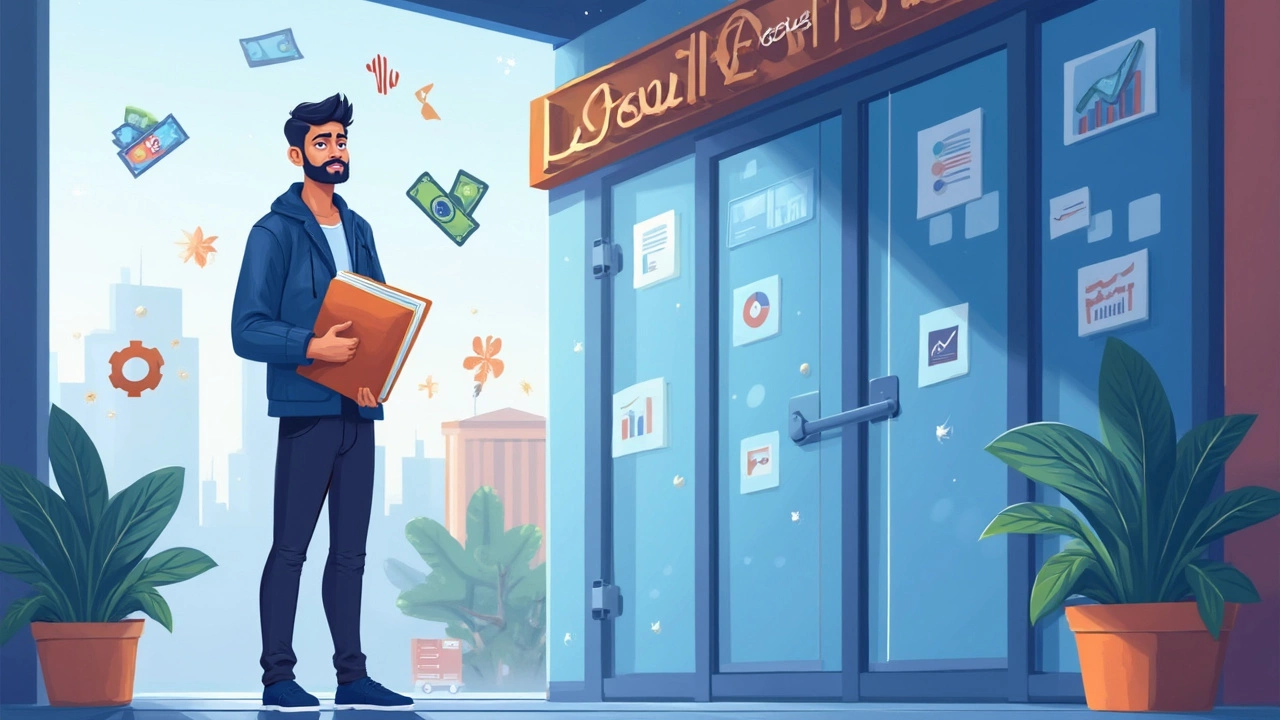
Tips to Lower Your Upfront Cash
Want to keep more cash in your pocket when getting a commercial loan? You're not alone. There are proven ways to shrink that hefty down payment, but it does mean thinking outside the basic bank loan. Here’s what actually works in 2025:
- SBA Loans: These government-backed loans can seriously drop your down payment. Both SBA 504 and 7(a) loans may go as low as 10%. You’ll need to operate for-profit, use most of the property for your own business, and stay inside the SBA’s size limits. Real talk: The paperwork is heavy, but many buyers find it worth the effort.
- Seller Financing: Sometimes the seller will act as the lender for a chunk of your loan. This can mean much smaller upfront cash and easier terms if you’re short on reserve funds.
- Partnering Up: Teaming up with another investor or business can help you split the down payment and pool credit or experience. Just keep those partnership agreements in writing, so things don’t get messy later.
- Use of Grants or Local Incentives: Some cities or states offer cash or credits for specific types of commercial purchases—especially if you’re improving a property or opening in an economic development zone. These incentives can count toward your down payment.
- Negotiating with Lenders: It’s not always set in stone. If your business cash flow looks strong or you have a thick portfolio, sometimes you can nudge the bank to shave a few points off that required down payment.
Check out these numbers on estimated down payments for the most common commercial loan types in 2025:
| Loan Type | Typical Down Payment |
|---|---|
| SBA 504 | 10% - 15% |
| SBA 7(a) | 10% - 15% |
| Conventional Bank Loan | 20% - 30% |
| Seller Financing | 10% - 25% (often negotiable) |
If your lender or broker sounds rigid, ask about layered financing—using two loans for one project, as long as the bank allows. Not every deal will let you mix and match, but in the right case, it drops the money you need to wire on closing day. Always read the fine print, and talk to a pro if you’re piecing together creative financing. You don’t want any last-minute surprises.
What Lenders Really Look For
If you want to lock in the commercial loan with the lowest down payment, you need to know what’s going on in the minds of lenders. They don’t care about fancy business cards or slick websites—they want cold, hard numbers that show you’re good for the money.
First, they’ll dig into your credit score. Most banks want to see a score of at least 660 for owner-occupied properties, and higher for investment deals. If you’re flirting with anything below, the bank gets twitchy and asks for more cash up front.
Next up is your business’s cash flow. Lenders check if your business brings in enough monthly income to cover the new loan payment and still have plenty left. The magic number here is something called “debt-service coverage ratio” (DSCR)—usually 1.25 or more. That means for every $1 you owe on the loan each month, you need to show $1.25 coming in after expenses.
They also want a good look at the property itself. Is it in a solid location? Is it making money, like with reliable tenants or stable rental history? If it’s a vacant building in a sleepy part of town, even a great personal credit score won’t save you.
On top of all that, lenders check your experience in running a business or managing property. If it’s your first rodeo, expect to jump through a few extra hoops—or be asked for more skin in the game.
For some loan programs, like SBA loans, they might also check if you’ve invested your own money before. They want to know you’re not just borrowing money with zero personal stake. Some require a personal guarantee, which means if your business fails, you’re still personally on the hook.
- Strong personal credit (usually 660+)
- Healthy DSCR (typically 1.25+)
- Property with stable income or in-demand location
- Relevant business or property management experience
- Some skin in the game (personal investment or guarantee)
If you’re weak in any area, expect to cough up a bigger down payment. Nail these areas, and you’ll have lenders lining up to give you a shot—even at 10% down.

Risks and Trade-Offs With Low Down Payments
Shooting for the lowest down payment on a commercial loan can sound tempting, but you really need to know what you’re getting into. Putting less money down means you’re borrowing more, and that’s where things can get tricky fast.
The more you borrow, the higher your monthly payments and interest over time. If your business hits a rough patch, it can be harder to keep up. No lender ignores risk: if you’re not taking as much of it, your bank makes up for it somewhere else—usually with higher rates or tougher loan terms.
- Higher interest rates: Lenders often bump your rate up if they see you as a bigger risk. A 1% difference in rate doesn’t sound like much, but over a $1 million loan, that adds up to tens of thousands over the years.
- Extra fees: Some banks slap on extra fees or demand you buy certain types of insurance when your down payment is on the low side.
- More scrutiny: Banks dive deep into your financials and the property itself, picking apart every detail to justify their risk.
- Limited property choices: With less down, lenders sometimes only approve buildings that are newer, fully leased, or in “hot” markets—forget about fixer-uppers.
- Bigger risk if the market drops: If property prices dip and you only put a little down, you can end up owing more than your building is worth.
Here’s a snapshot of how costs stack up for different down payments on a $1,000,000 property with a 7% rate over 20 years:
| Down Payment | Monthly Payment | Total Interest Over 20 Years |
|---|---|---|
| 10% ($100,000) | $6,976 | $574,284 |
| 20% ($200,000) | $6,229 | $495,003 |
| 25% ($250,000) | $5,855 | $455,413 |
That monthly jump is no joke, even with what feels like a modest difference in down payment. And if you default, you risk losing not just the property, but also your initial cash and sometimes even your personal assets—since many commercial loans require personal guarantees. Sanjana once half-joked that my tendency to “stretch the numbers” could one day cost us the living room couch. Better to play it safe where possible and weigh every risk before you commit.

